High Hopes in Deep South
With cuts and belt-tightening becoming all too common - creative communities in Invercargill and the wider Murihiku region are benefitting from recent boosts to their sector.
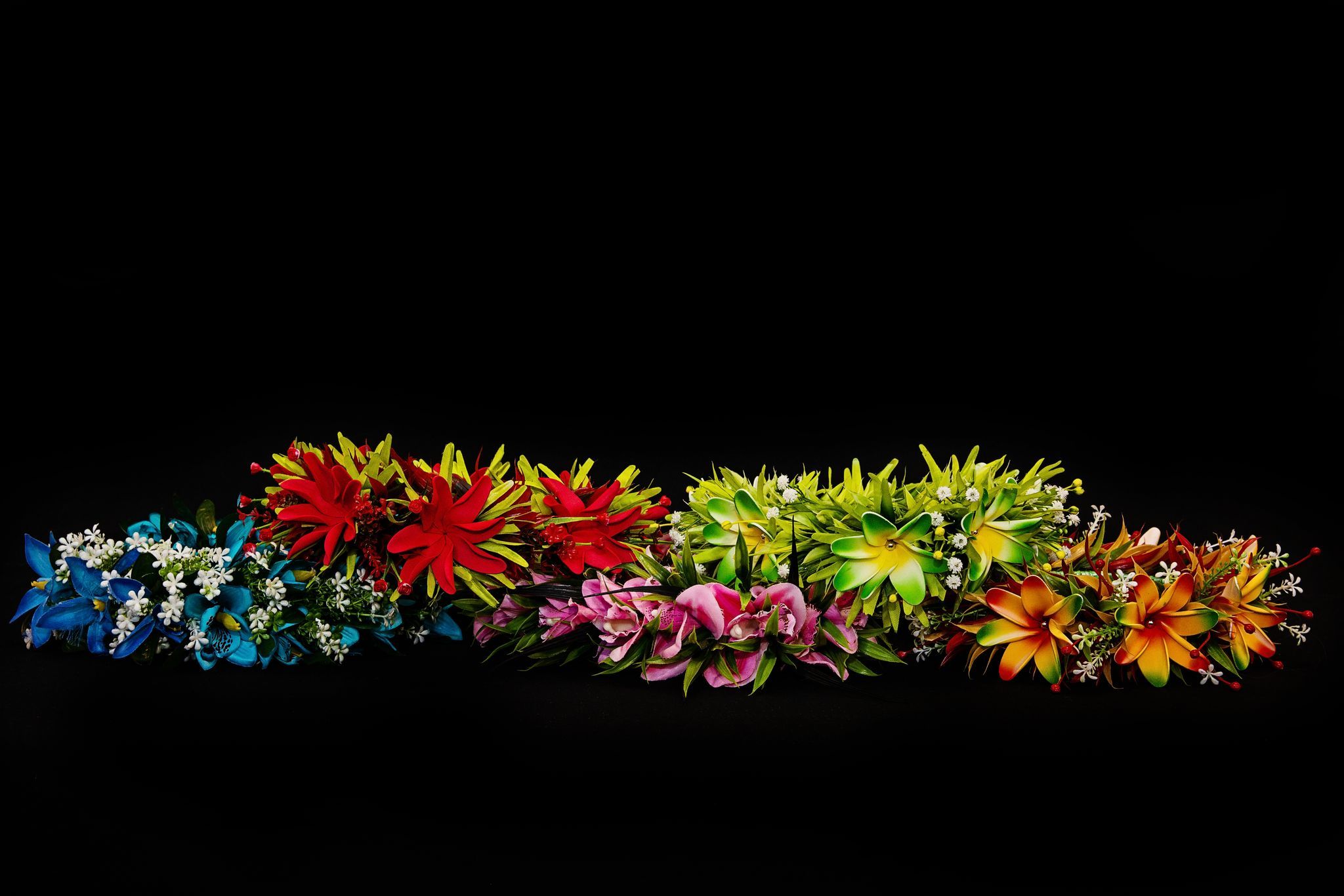
Waihōpai | Invercargill flies under the radar when it comes to its arts and cultural profile, but this might be set to change with the news earlier this year that Arts Murihiku had received up to $448,800 through the Manatū Taonga Ministry of Culture and Heritage (MCH) Cultural Regeneration Fund to deliver an incubator programme for creative practitioners in Southland.
Meanwhile, plans for a new museum in Waihōpai - dubbed Project 1225 - is forging ahead after the Invercargill City Council agreed to invest $39.4 million as part of its long-term plan announced in 2022.
More recently, a further $500,000 grant from the ILT Group (Invercargill Licensing Trust) is keeping up momentum on the project to rebuild the museum at Queens Park alongside a new fit-for-purpose storage facility at Tisbury to house the Southland Museum and Art Gallery’s (SMAG) collection of some 4.5 million items.
Australian architects Fjcstudio, together with Auckland firms Evatt Martin Architects and Design Tribe, have been selected to design the 3550m2 building. Fjcstudio is behind many notable designs, including the Auckland Art Gallery, Auckland War Memorial Museum, and the Australian National Maritime Museum in Sydney. It is hoped that an architecturally significant building befitting Southland’s cultural heritage and vision for the future will be completed by December 2025 and open to the public in 2026.
Bit of a hole
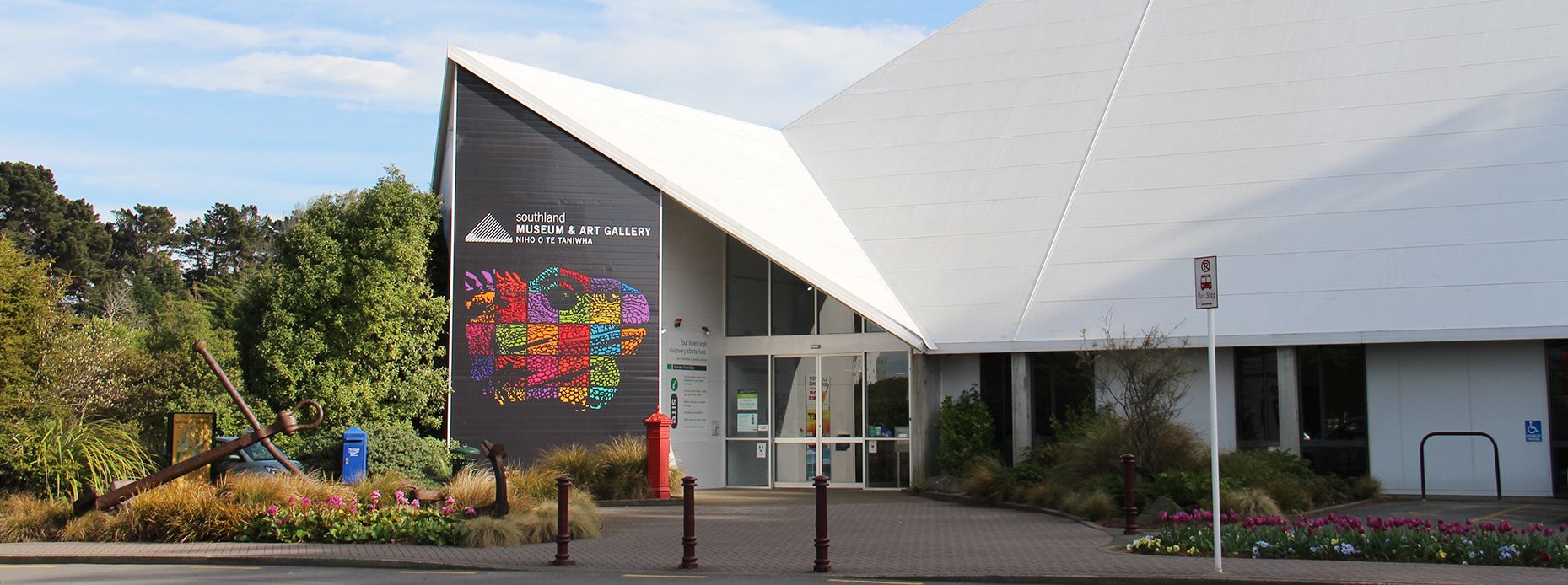
There has been a bit of a hole in arts and heritage offerings in Invercargill since the Southland Museum and Art Gallery’s distinctive pyramid-shaped building -constructed in 1990 on the site of the original 1942 museum - was permanently closed due to earthquake risks in 2018.
Likewise, the Invercargill Public Art Gallery (IPAG), formerly named Anderson Park Art Gallery, closed in 2014 when Anderson House -the Neo-Georgian grand residence Anderson House where IPAG was based - was also deemed an earthquake risk.
Steve Gibling, Group Manager: Leisure and Recreation at Invercargill City Council (ICC), who is responsible for museum and heritage services, says that the closure of the museum sparked a sense of loss of civic identity and a strong desire for a new place for sharing stories inspired by Southlanders’ unique environmental, social, and cultural challenges.
The closure also prompted urgent questions: ‘How do we connect better as a sector? What are we capable of as a community? How can the museum embody pride of place and the existing rich fabric of the community? How can we express our identity as an integral part of the national story?’
Following the closures, SMAG and IPAG joined forces in a transitional site in Invercargill’s CBD called He Waka Tuia. This rather uninspiring space is run by a skeleton staff attempting to produce a breakneck cycle of twelve exhibitions a year and six off-site projects, which includes showcasing both IPAG’s and SMAG’s arts and heritage collections.
As IPAG’s director Sarah Brown explains, the space also sought to provide "a 'testing ground' for innovative programming that would generate greater interest and community engagement." The experiment has shown, Brown says, "that the community are very keen to be actively involved in the development of the art on display, rather than just passive viewers. This has led to a much stronger focus on programming and interactive/participatory art and artefact experiences for all ages."
Dig where you stand
Brown’s observation should hopefully spark the planners and programmers of the new museum to think deeply about what a 21st-century cultural space can really offer as a public space for engaging histories, heritage, and mana taonga - from the whenua up.
‘Dig Where You Stand' is the motto of an international movement founded in Sweden in the 1970s, which promoted education and public participation in the research and production of local histories, particularly in relation to everyday working-class struggles and labour conditions. This would be a good start for the process of digging deeply into the complexities of industrial histories integral to Aotearoa’s Southern regions, including the impact of the encroachment of British colonisation on the land and its natural and cultural lives.
How can the museum respond to the challenge of becoming a crucial public forum for undertaking social and political processes - resisting the traditional structure of the museum as a receptacle for cultural objects symbolic of (cultural) dispossession?
If the past is treated as an ongoing event - rather than maintaining the museum as a neutral container for times past viewed from a position of detachment - this should help to lay the foundations for treating cultural objects as living expressions of local cultures, starting with local iwi and hapu, in an approach based on participation, consultation, recognition, rights and equity.
Cultural identities are not fixed but rooted in complex entanglements and ongoing moments of crisis and encounter. Untold Murihiku stories may begin to highlight our place in the Anthropocene through museum practices founded in mana whenua and taonga.
Not the only game in town
There is no clear future for IPAG or Te Waka Tuia once the new museum is open - but they are not the only game in town.
New community art spaces have recently opened in Invercargill, including the artist-run exhibition space Art Attic Gallery and Whare Taupua | The Resting Place – a community arts’ space set up by Arts Murihiku, thanks to the injection of Manatū Taonga MCH funds.
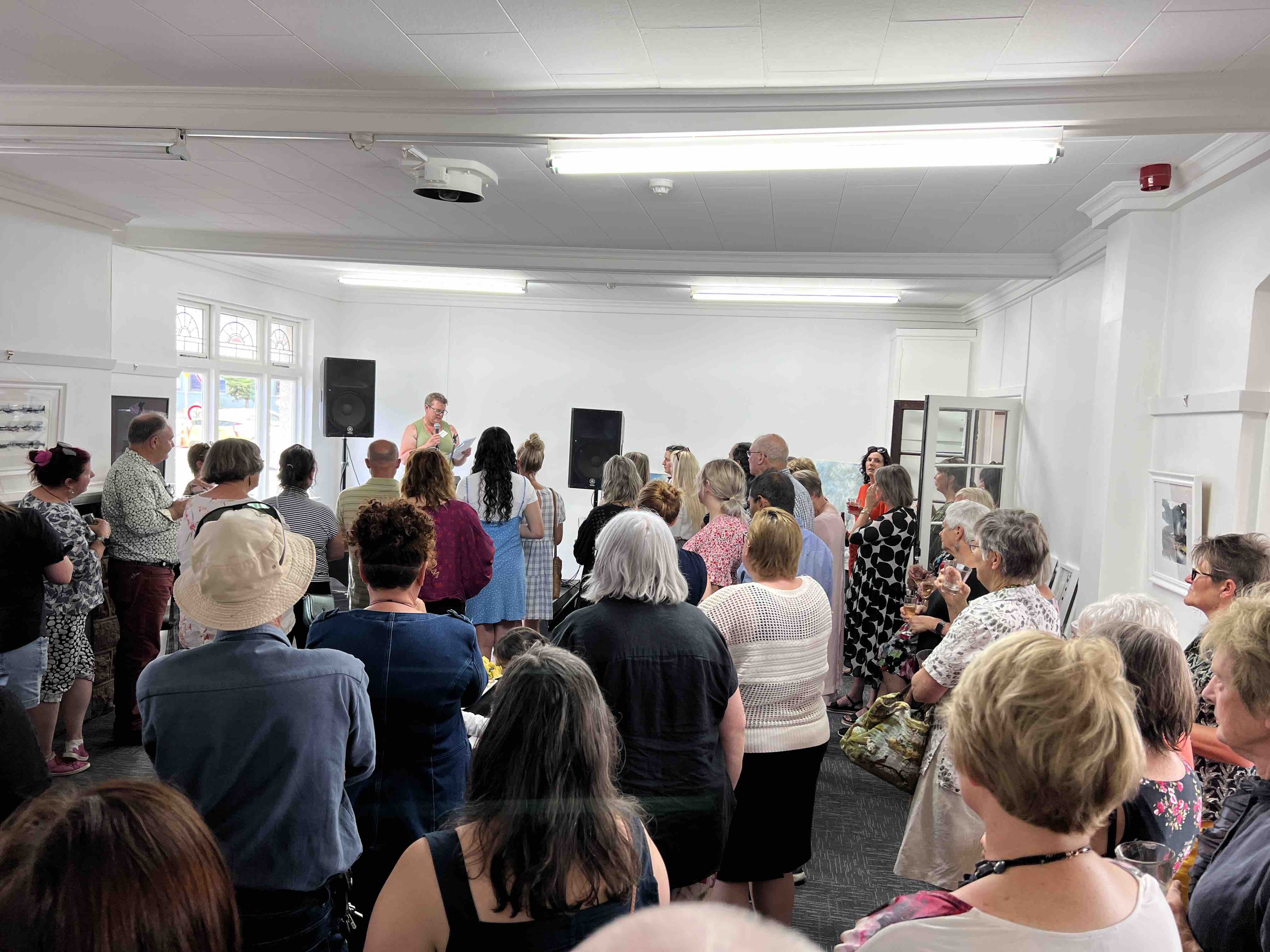
Arts Murihiku supports the development of arts in the region from Te Ara a Kewa | Foveaux Strait and Rakiura | Stewart Island, west to the Tākitīmu mountain range across to the Hokonui Hills and north to Kawarau | The Remarkables near Tāhuna | Queenstown. As such, it is an organisation that provides the glue to help support the development of a stronger regional arts network for the South.
Much effort has been put into this mission, including the publication of the Murihiku Regional Arts Strategy 2020-30 - borne out of a desire for greater action and unity across the sector and a frustration around inaction surrounding previous strategies. Besides the community arts space Whare Taupua, Arts Murihiku has also developed an arts incubator programme, employing ‘Arts Activators’ to develop workshops and opportunities for local practitioners and organisations across the region to develop their capabilities and networks, with the aim of developing and supporting a sustainable arts ecology.
Rebecca Amunsden, chair of Arts Murihiku, believes that the strength of the local arts scene is the number of passionate people actively involved. On the other hand, she says, many practitioners and creative organisations feel isolated or disconnected and are looking for opportunities to collaborate.
She sees Arts Murihiku’s role as an advocate for the whole regional arts sector, which has in the past struggled to achieve momentum for development and growth.
It's education, stupid
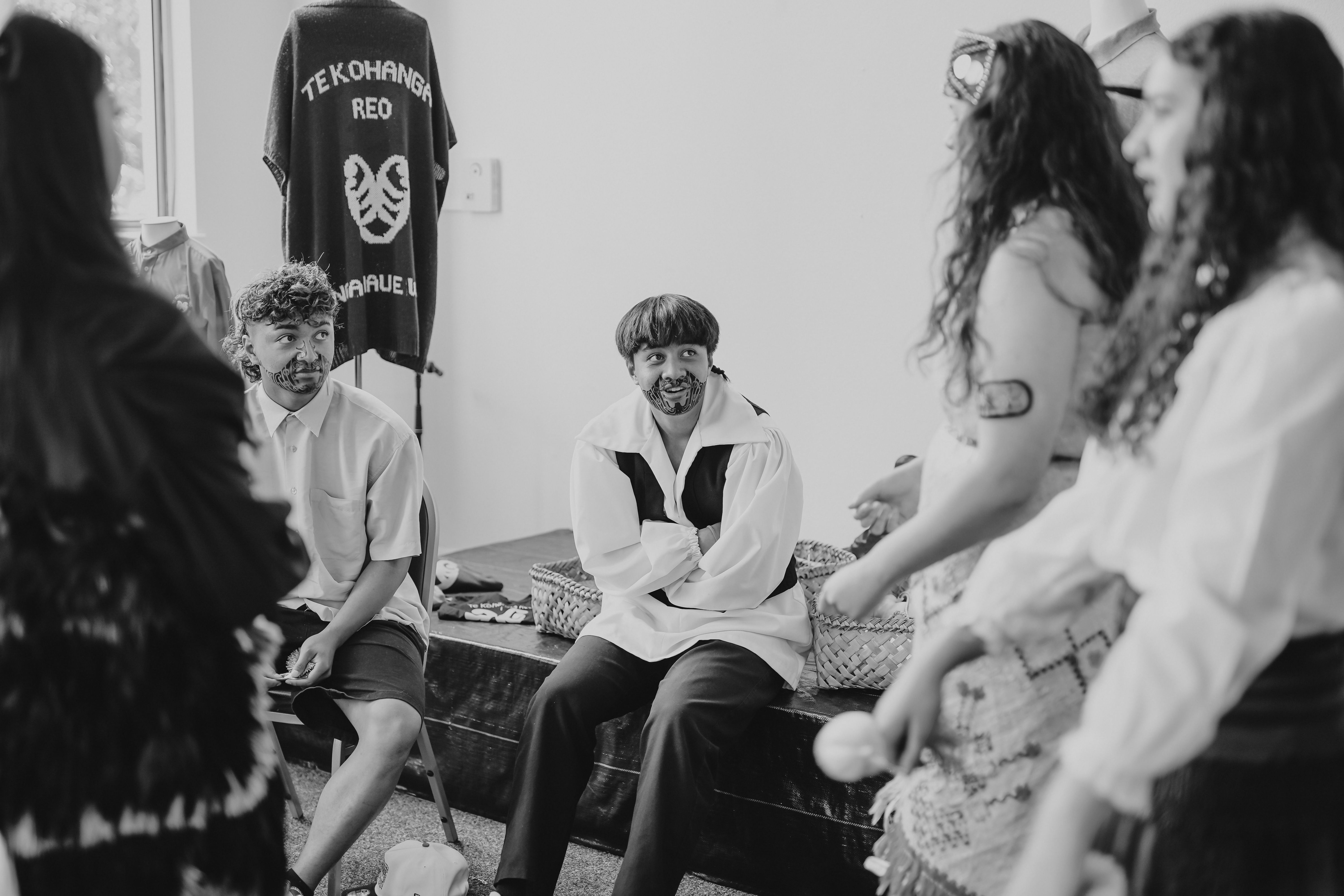
An important part of the mix in Waihōpai is the Mīharo Murihiku Trust - a small Māori and Pasifika arts organisation that has been going through a period of exponential growth over the last 18 months.
Led by a group of passionate educators and arts’ advocates, Mīharo’s kaupapa focuses on the cultural health and wellbeing of the next generation of Southern Māori and Pasifika by producing culture and heritage programmes for teachers and rangatahi - designed to sustain and pass on Moana cultural heritage and maintain local community cohesion.
Mīharo serves the community through workshops, skill-sharing, mentorship, exhibitions, and events such as Polyfest, which they set up initially in Southland and more recently in the Queenstown Lakes district.
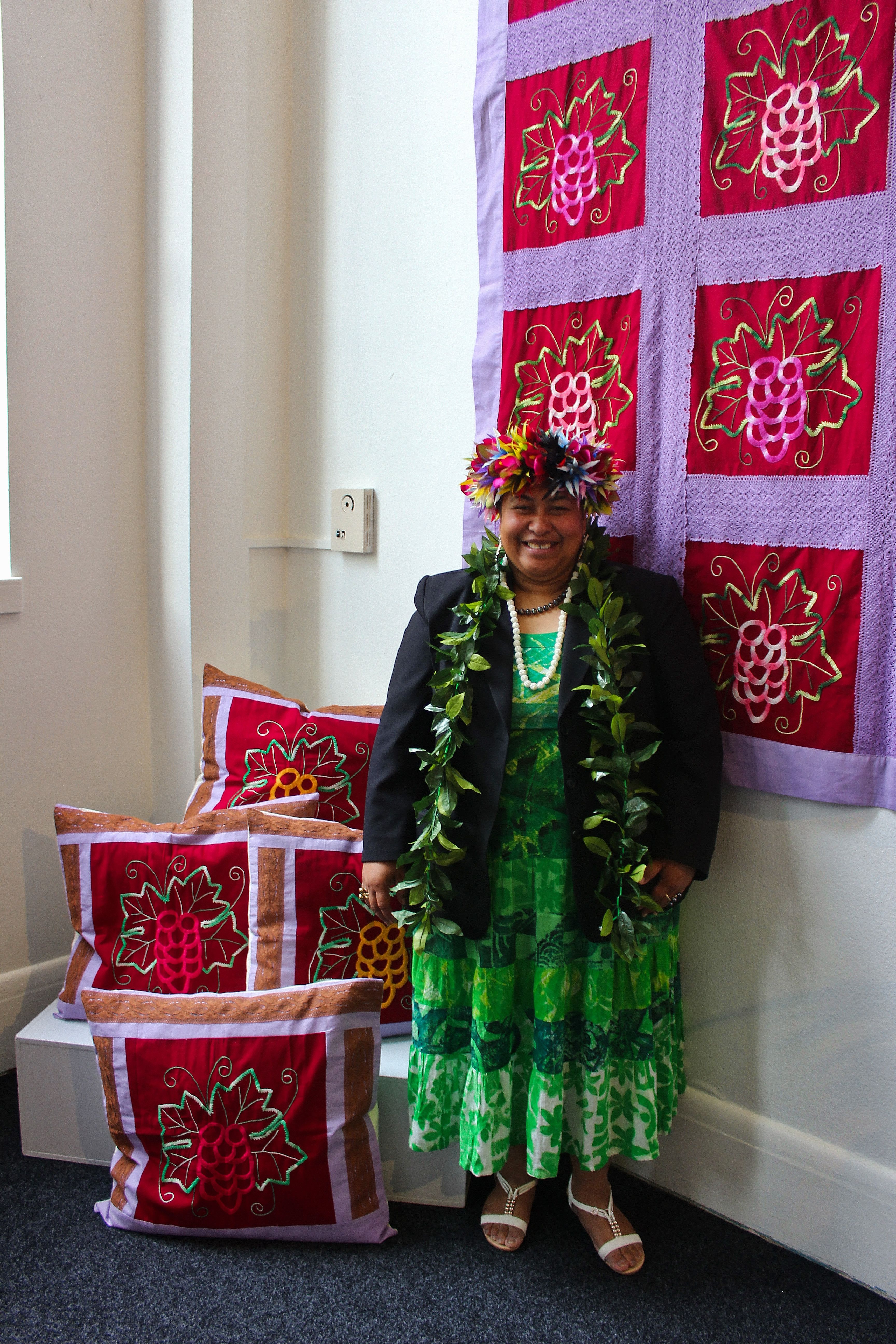
Tania Carran, general manager of Mīharo, says that the overriding aim of the organisation is to develop an infrastructure fit for future generations, with an emphasis on forging connections between people from rangatahi to kaumatua. Carran believes that the arts sector in Invercargill will grow in leaps and bounds.
"It’s exciting times, but awareness [of local arts and culture] needs to grow. This is where we can learn lessons from rangatahi through their social media awareness and expertise."
Collaborative learning, stewardship of cultural heritage, knowledge sharing, and connection – provisions for an ongoing reflexivity about the shifting nature of identity and community.
Perhaps not too much to ask?
He waka eke noa.